Product Description
- Men's Vintage Haori
- manufacturing in Japan
- 100% black and gold silk
- Reversible
- The stitched pattern on the lining depicts Kyoto's Ginkakuji Silver Pavilion and Arashiyama Bridge.
- Adorned with 5 samurai family crests
- Beautiful finish.
- Comfortable
- Very good condition like new
- This type of haori was once worn by samurai warriors over the ceremonial kimono.
- To wear over the antique kimono or keikogi and with the hakama Umanori Shima striped for Iaido/Kenjutsu practice
- Interview:dry clean / iron 60 degrees if necessary
Dimension:
Height:102cm
Shoulder to shoulder width:61cm
Width from sleeve to sleeve:130cm
Sleeve height:52cm
Sleeve width:33cm
About
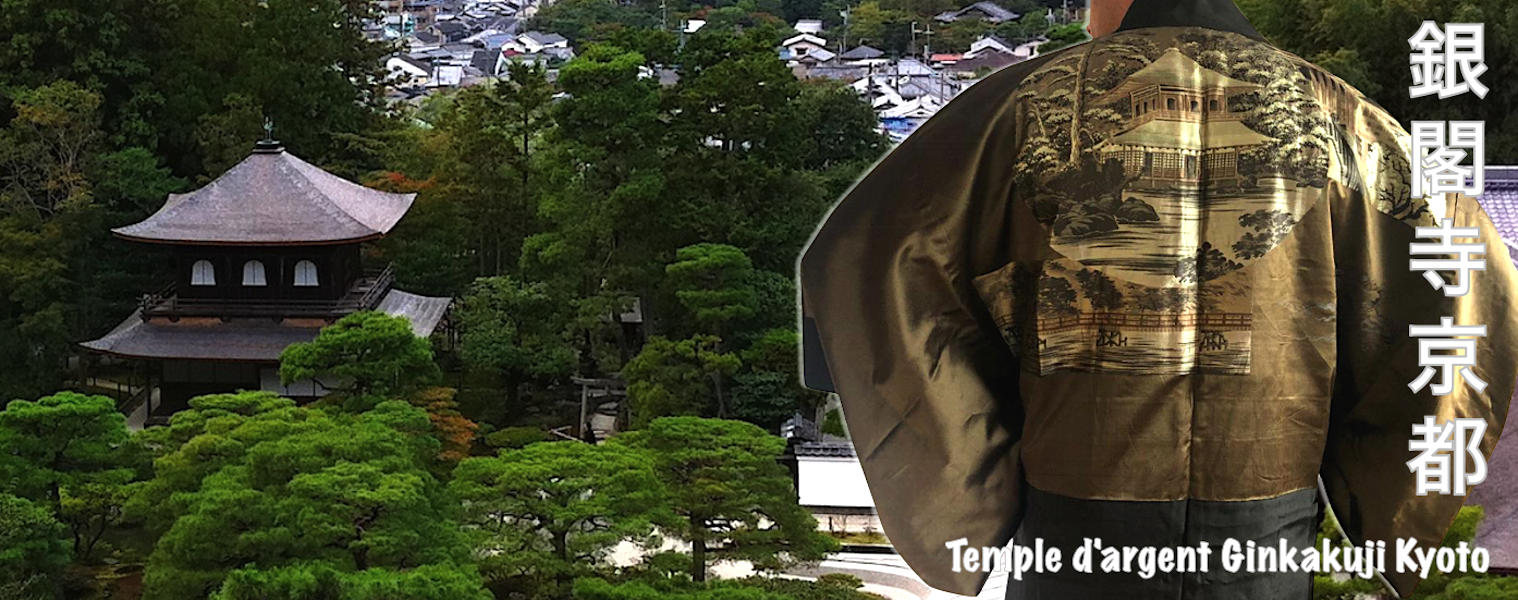
Ginkaku-ji
Ginkaku-ji (銀閣寺, the "Temple of the Silver Pavilion") is a Buddhist temple located in the Sakyō-ku district of Kyoto, Japan, dating from the late 17th century. 15th century century..
Although known as the " Ginkaku-ji ", the official name of the temple is Jisho-ji (慈照寺). It was built in 1482 by Shogun Ashikaga Yoshimasa, who wanted to rival Kinkaku-ji, the Golden Pavilion, built by his grandfather Ashikaga Yoshimitsu. His intention was to cover the pavilion in silver, but due to the intensification of the Onin War, which had broken out a few years earlier, in 1467, construction was halted and the pavilion was never covered in silver. The building, which was intended to be an ostentatious monument, is now held up as an example of the refinement in simplicity that owes much to the doctrine of Zen Buddhism.1. Many Japanese people think it is more beautiful than its golden counterpart.
Like Kinkaku-ji, Ginkaku-ji was built to serve as a quiet, solitary retreat for the shogun. During his reign as shogun, Ashikaga Yoshimasa gave new impetus to traditional culture, now known as " Higashiyama bunka ", the "Eastern Mountain Culture." It is said that Yoshimasa retired to his villa and sat in the pavilion, contemplating the calm and beauty of the gardens, while the Onin War worsened and reduced Kyoto to ashes. In 1485, Yoshimasa became a Zen Buddhist monk and after his death the temple became a temple named Jōshō-ji.
(source wikipedia)


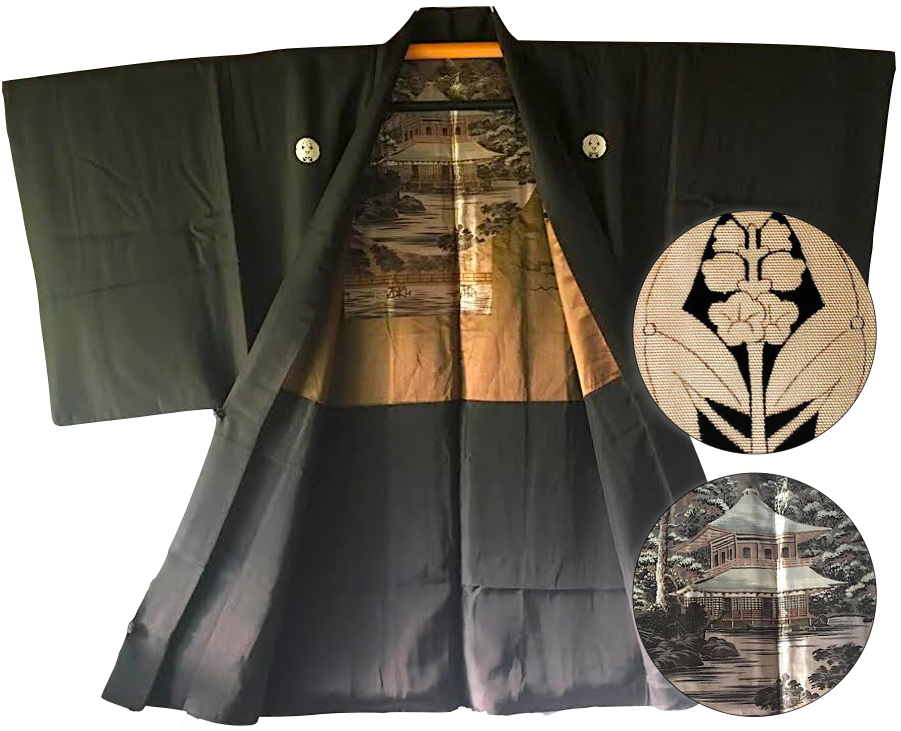
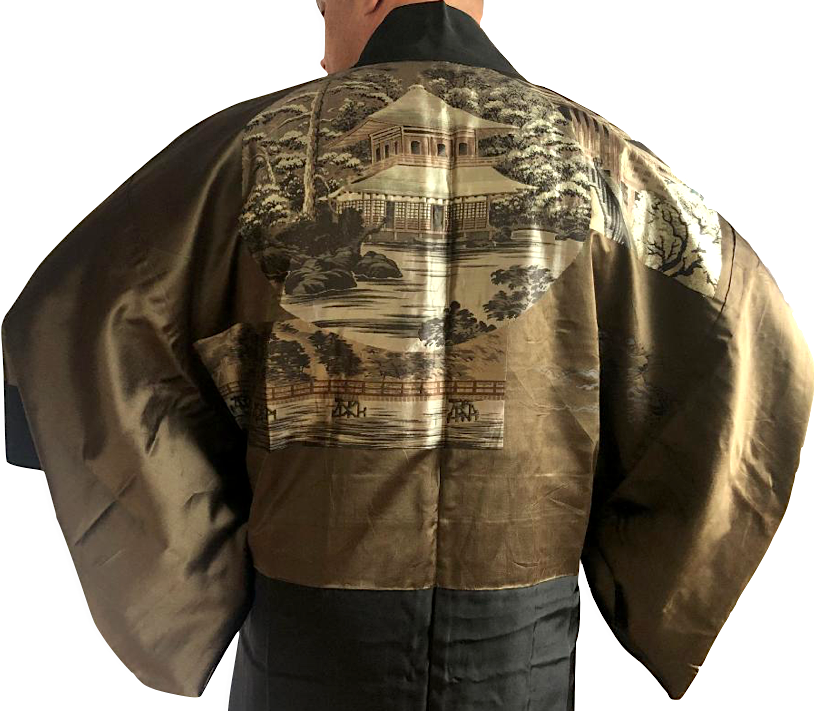
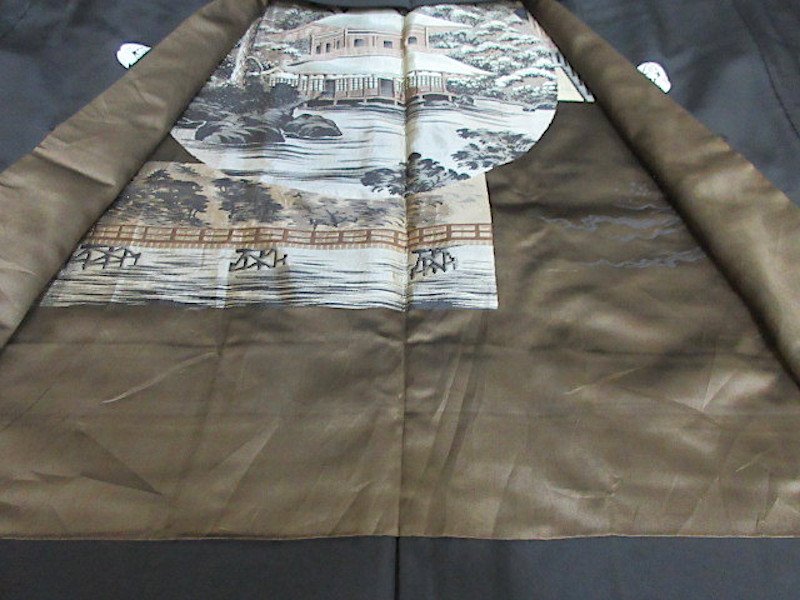
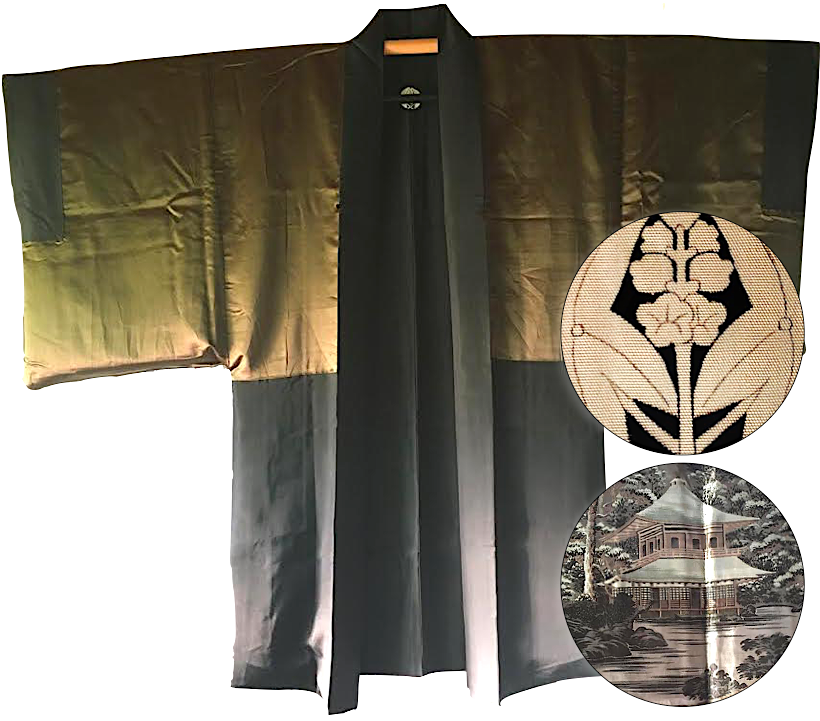
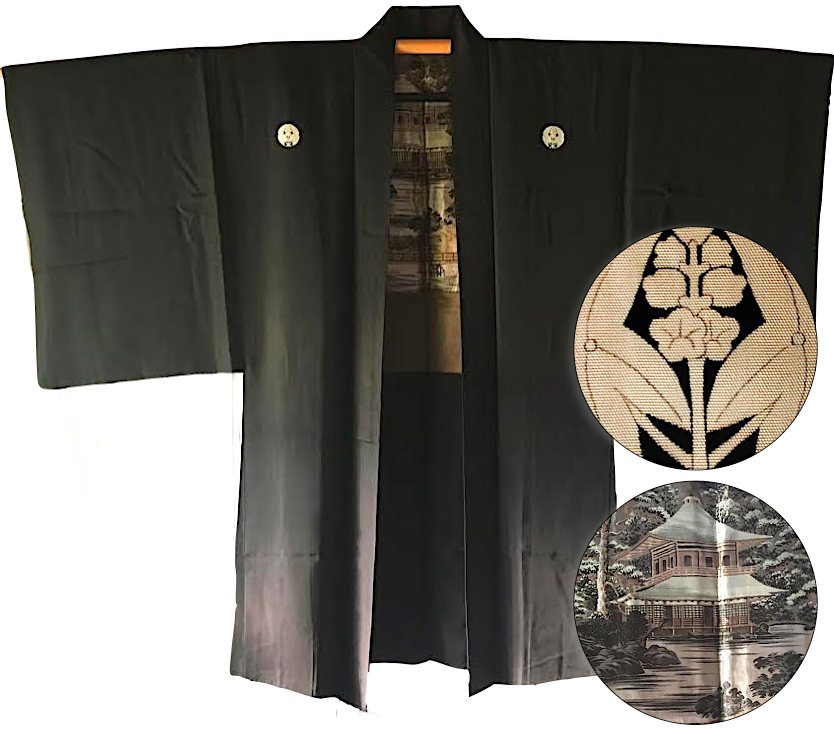

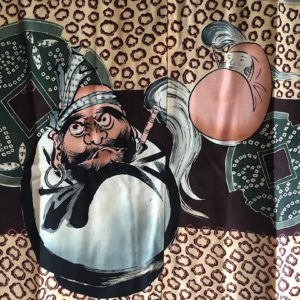
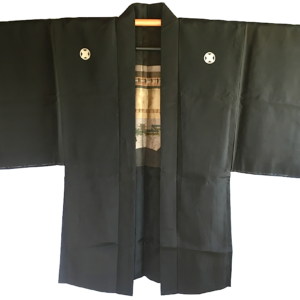
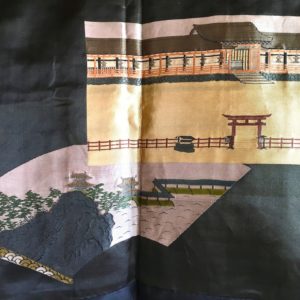
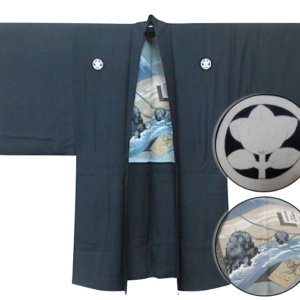
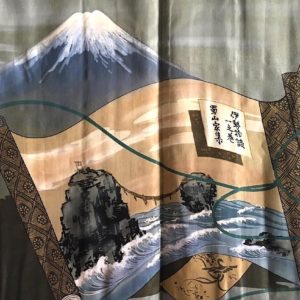
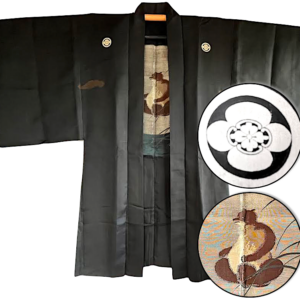
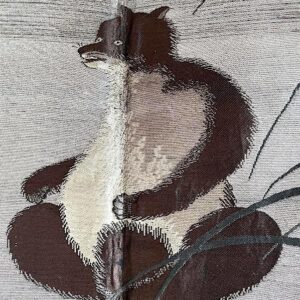
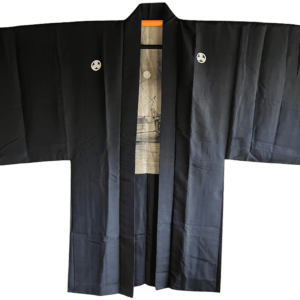
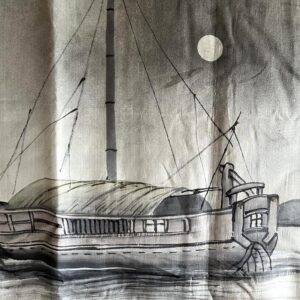

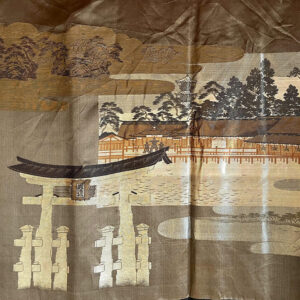
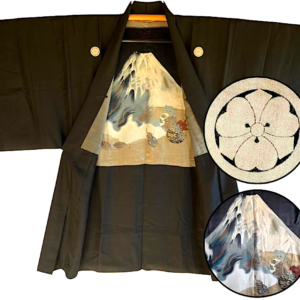
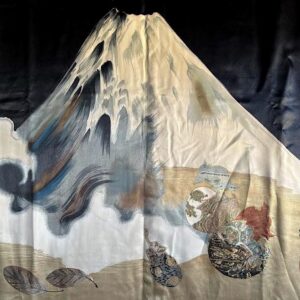
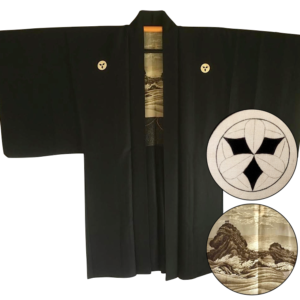
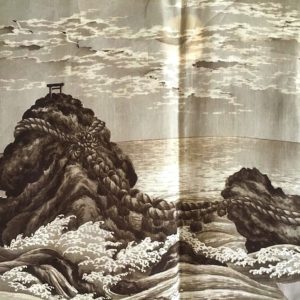
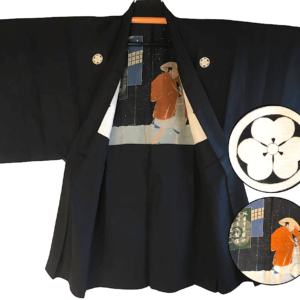
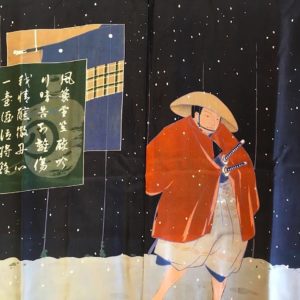
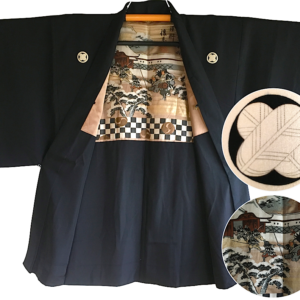
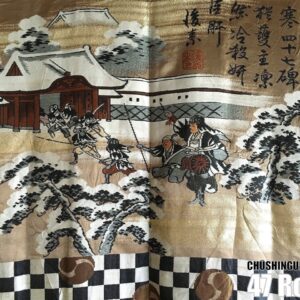
Reviews
There are no reviews yet.